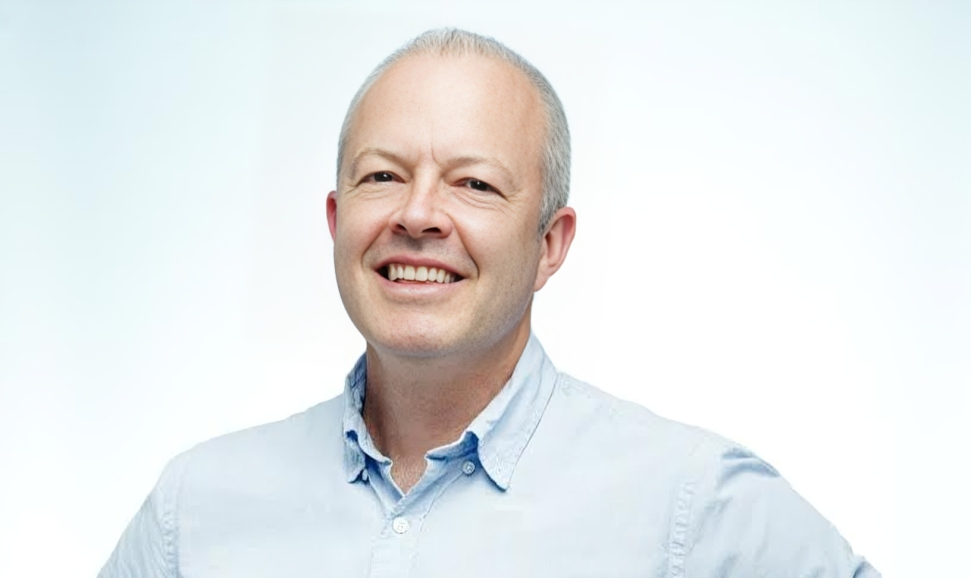The road to successful fundraising is rarely smooth. Everything from identifying the right investors to perfecting pitches can seem like a minefield. But making mistakes isn’t just common; it’s expected.
So, what does set a company apart and determines fundraising success? How founders adapt to these challenges — amid economic upheaval, dynamic markets and game-changing technology at every turn.
On an episode of Scaling Up, I talked to host Bill Gallagher about common mistakes founders make and what they can do to raise capital with their sanity intact.
1. Not treating it like a job
One of the most common fundraising mistakes I see is, for lack of a better term, dabbling. A founder sends out a few emails here and there, but their effort just sort of limps along and never gains momentum.
Just as investors can identify a low-effort mass email in a hot second, they can also tell when a deal doesn’t have any heat. But some investors just watch and wait — or drag their feet.
The best way to ensure your fundraising gains momentum is to commit to it full-time for two to six months. That’s your dedicated time to pack your schedule with investor meetings from dusk ‘till dawn, so your quest for capital catches fire.
But how can your business keep moving forward if you spend all your time fundraising? Both are critical. Your pitches and your conversations with investors will inevitably revolve around key metrics like, you know, revenue — so if the business suddenly slows down in the middle of fundraising, it’s a big problem. This is one of the challenges of being a founder: You’ve got to do two seemingly impossible tasks at once.
If you have a co-founder, consider a division of labor: One person focuses on fundraising and the other runs the company’s day-to-day. I've also seen people hire a part-time or half-time COO for six months or so — someone who can help keep the company humming along while you secure its future. Do whatever it takes to devote the bulk of your time and effort to fundraising.
2. Boring (and losing) investors
I’ve met a lot of investors over the years, and I have to say: By and large, they’re the most ADD audience on the planet.
When you’re pitching investors, you have to pull them into the story in the first 30 seconds or you risk losing their attention very quickly. Founders often underestimate the importance of the opening of their pitch. While storytelling is critical, you shouldn’t share a saga before connecting your story to your killer product.
The remedy is simple: Develop your pitch and practice it. Pitch 10 or 15 times to people who will give you honest, hardcore feedback: Fellow founders, your lawyer — basically anyone who tells it to you straight. Laser focus on the first minute or so, then refine your pitch and refine some more. Then walk into meetings knowing you’ll have them hooked.
3. ‘Spraying and praying’
Fundraising efforts often fail because the founders haven’t identified the best-fit investors for their company. I’ve seen them cold-email/message-blast thousands of investors in the Foundersuite database, hoping some of them will respond. The “spray and pray” approach just doesn't work. Mass emails don’t get responses, and founders get frustrated — fast. To make matters worse, their emails are then blocked or flagged as spam. The approach can be incredibly harmful to your company’s reputation.
I recommend building a target list of your ideal 100 to 200 prospective investors and qualifying them by ensuring they fund companies like yours. It takes hours of research, but it’s time well spent that will pay dividends when you kick off your fundraising.
4. Trying to do too much
I'm a finance guy. I began my career in investment banking. Yet somehow it took me more than a decade to hit on a business idea that played to my strengths and experience.
And when I was building Foundersuite, I tried to be a product designer, too. I had way too much influence on the initial iterations of the product. I’d ask our developers to add bells and whistles every time I had an idea, regardless of whether it would work for Foundersuite.
Spoiler alert: I’m not a product person. Pretty soon, the software was, to be generous… less than elegant. Since then I’ve learned to focus on my “zone of genius” and trust my teammates to do what they do best.
5. Losing the bootstrap mindset
In the early days, Foundersuite was resource-constrained. We did raise a round from a venture firm and some angels, but after that, we still operated as if we were a bootstrapped startup.
I think this approach adds discipline to product development and operations overall. I hear about companies that raise $20 million or $50 million, but they go on to do too many things at once. If you're resource-constrained, you have to pick the top two or three things to focus on because you can’t do it all.
That can be healthy. Restrictions are often catalysts for creativity. Don’t let money lead to laziness.
6. Ignoring the big picture
I'm a little older than the average founder, and age does have its advantages. We tend to become more even-tempered, for sure. But even better, we become better able to take a 30,000-foot view. Startups go through highs and lows, sometimes on a daily basis. Talk to me at 9 a.m., I might be having a panic attack. Two hours later, I’m on top of the world.
As long as you can zoom out and see the bigger picture, you can see whether you’re going in the right direction. Are they trending up and to the right? If not, try not to freak out and panic about bugs and crashes and angry colleagues.
Making overall progress is what matters. As a founder, modeling a growth mindset helps your team feel more confident. And until you establish your startup as the Next Big Thing, that might be an investment unto itself.


